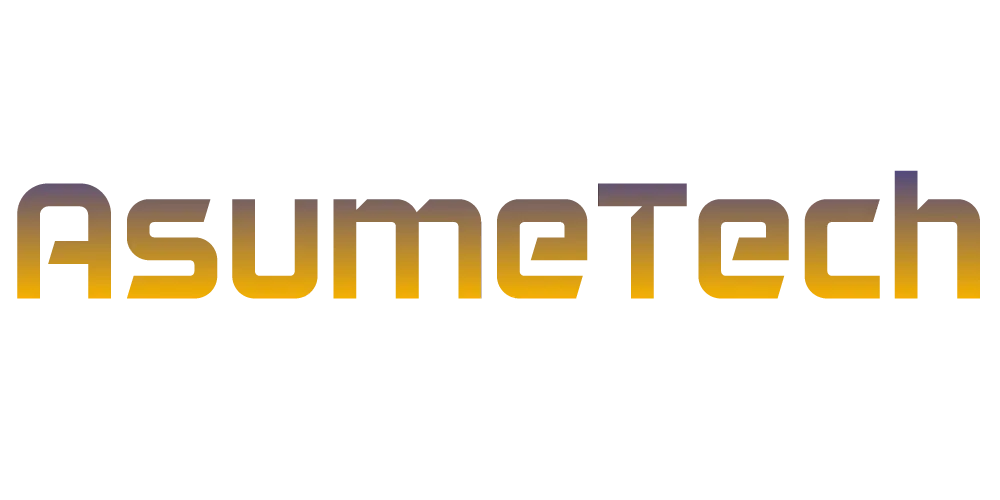New Delhi, April 13 (IANS) The Energy and Resources Institute (TERI), in collaboration with the National Institute of Technology (NIT), Goa, has devised an irrigation system that is sensor-based and uses river bank filtration (RBF) technology for not just saving water but also providing contamination-free water to farmers in the coastal state.
“We installed affordable RBF wells for the treatment of polluted water from the Sal River near Navelim and Nauta lake, powered by renewable energy resources (solar-powered pumps) to provide clean water to farmers in off-the-grid areas. Water, with improved quality parameters such as reduced turbidity and bacterial load supplied through systematic pipeline systems, helped farmers to obtain better crop production,” researchers said on Wednesday.
The irrigation system implemented by TERI in collaboration with NIT, Goa, is supported by the Department of Science and Technology (DST), under the umbrella of Demand Driven Mission – Water Technology Initiative.
It includes a web/mobile app installed at Sal river near Navelim and Nauta lake at Cortalim that has prevented wastage of water in the area and also made it easy for farmers to monitor the irrigation remotely, claimed to be the first of its kind in the region. The irrigation system is controlled by the app in a manner that moisture values provided by the sensors starts the water motor only when there is an actual need and similarly turns it off when moisture level reaches the maximum value.
This process prevents water erosion and maintains the soil quality throughout the field. The system has saved time, especially for the daily wage farmers giving them freedom and flexibility to sell their harvest in the market. It has reduced their labour work and helped the farmers financially as well.
“It provides clean water to farmers for irrigation through River Bank Filtration (RBF) technology, which operates by extracting water from wells located near rivers or lakes. As the river water infiltrates into and passes through the riverbed sediments, contaminants like bacteria and toxic metals are removed by overlapping biological, physical, and chemical processes,” the researchers said in a statement.

